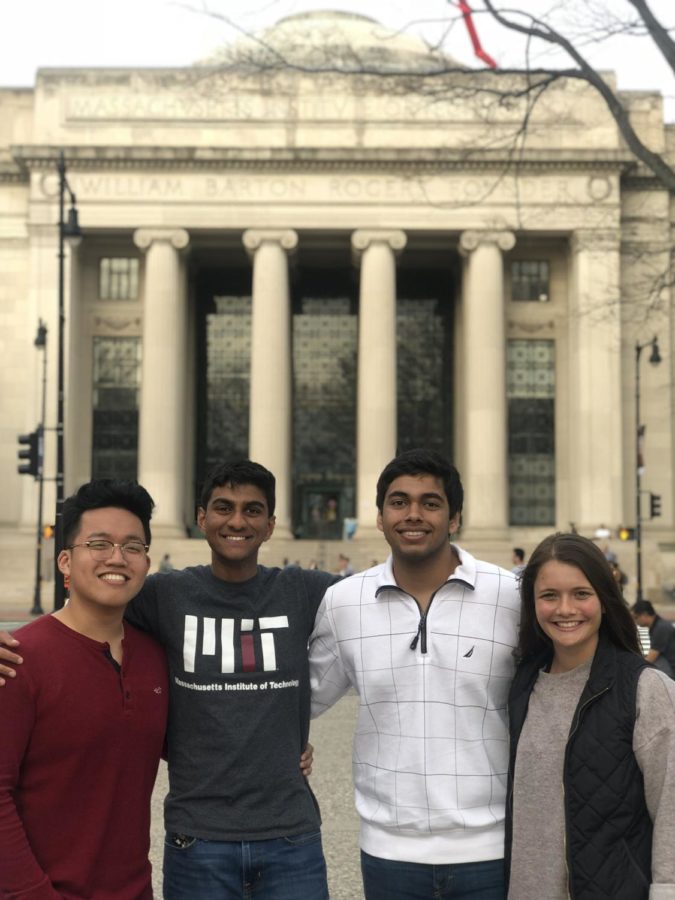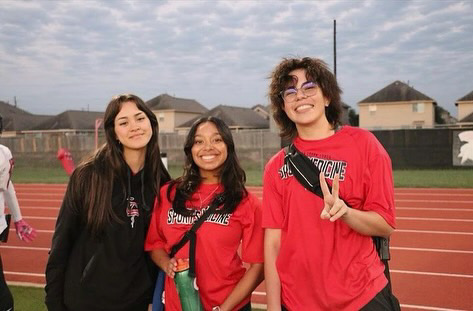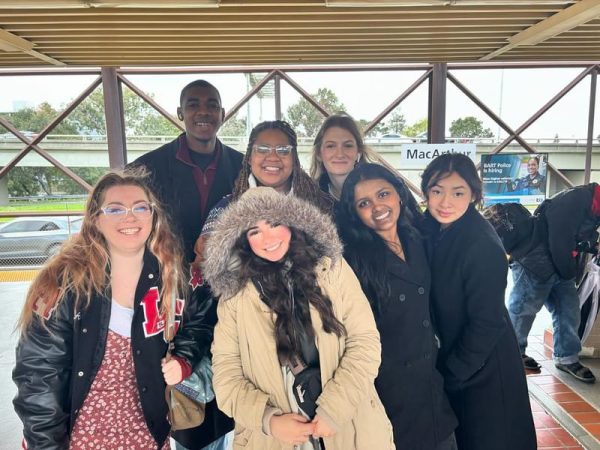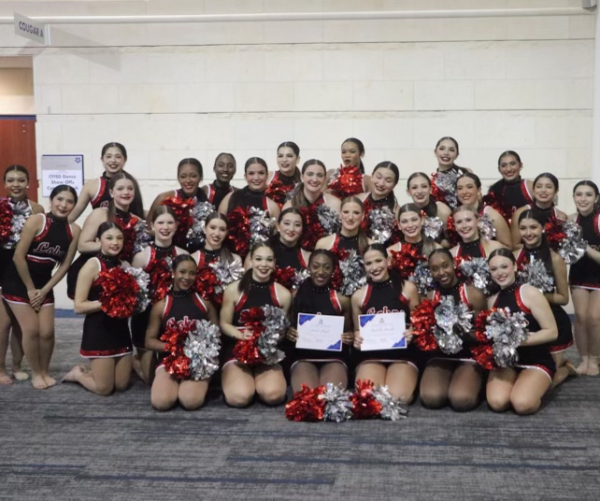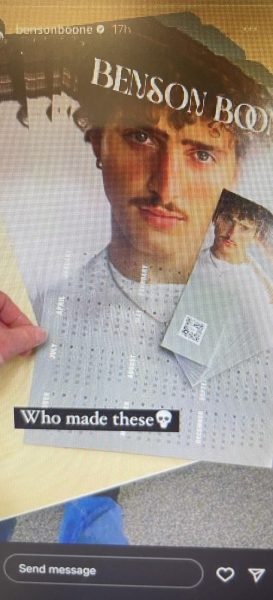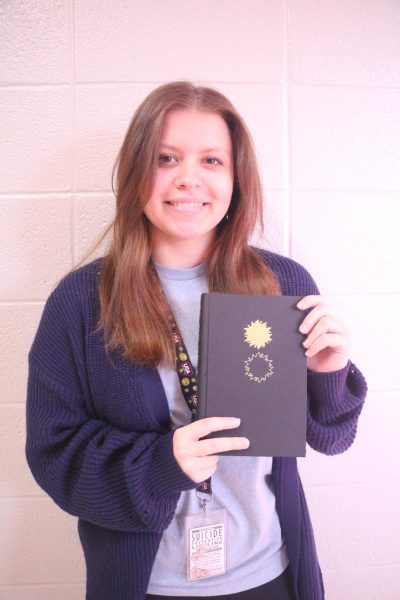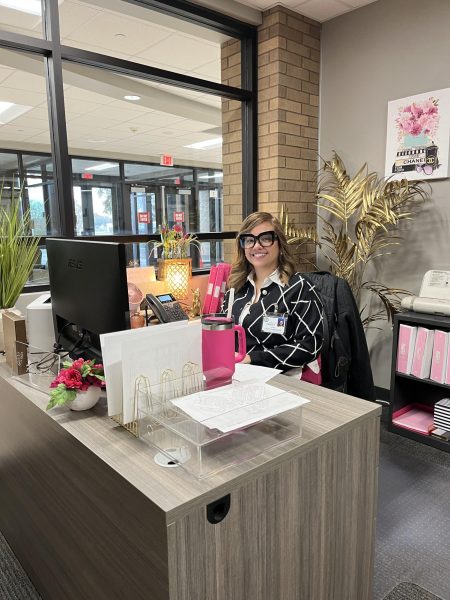The Real MIT Story
“11:12 A.M December 15th. 2018. I’d been pressing the refresh button for several minutes when the page suddenly let me in a full 3 minutes early. My breath caught. I quietly read it several times, the Acceptance Letter. I then had to sufficiently recover and let my parents know I got accepted,” Senior and the first recipient of the MIT letter Rishi Kommalapati said.
Someone said that, “The key into getting admitted into a university is the journey made, and the positive mindset that anything is possible.” Four kids did just that. They got accepted into the Massachusetts Institute of Technology, also known as, MIT. However, the questions remain. How did they do it? What does it take to be worthy of an Ivy League College?
“It’s not what people generally think that helps them out in those types of applications, it’s not your SAT, it’s not your GPA, or how many Honors Societies you are in. It’s what can you offer that no one else can, what makes you part of the one percent,” future MIT student Hein Le said.
Passion and creativity are two of the qualities advocated by this great university. Some of the more commonly found personality traits to describe an MIT college student is ambitious, focused, driven, determined, curious, and persistent.
“MIT is an amazing place for brilliant people, no flex. They share the same passions and interests. I choose it because I love the people that go there,” Kommalapati said. “However, if they’re looking to do the same things I did, they’re doing it wrong. Pursue what interests you and don’t care what anyone else is doing.”
Kommalapati values a good sense of humor, his passion for learning, and dogs. He has highlighted the importance of originality, comfort, and confidence in yourself and your life.
“There are plenty of people just like me out there, people even smarter and more educated than I am. But I don’t care, I am who I am,” Kommalapati said.
Some may find that what separates you from the crowd is life experiences.
“I think it’s a lot of the fact that I came from a third world country,” Le said. “I witnessed what industrialization can do to a country and that has really spurred me on in my interest in STEM.”
From the young age of eleven, Le learned the pressures of being an adult. Doing taxes, paying bills, or even just taking care of his mother and sister when they were sick. But despite all of this, Le says his mother is one of the main reasons he works as hard as he does.
“She always ingrained in me that hard work, determination, and grit will get you through almost anything in life,” Le said. “She taught me the values that I carry with me today: treat people like actual human beings, don’t disregard anybody, and don’t think that you’re above anyone.”
Now Le has his priorities set for his life and is working to make a difference in his future.
“I always wanted to leave an impact,” Le said. “I always thought that I could do something a lot bigger than what I am doing right now.”
Softball star and future MIT student, Haley Samuelson, believes that her parental support has also pushed her to become the person she is today.
“I value hard work and faith, and I try and learn as much as I can to be a better person at the end of the day,” Samuelson said. “I think definitely my mom and dad have been an example of hard work, and I try to achieve that, just as much as they have.”
Samuelson has been given the opportunity to play on the MIT softball team. This gave her the chance to not only study STEM, but also to pursue her passion for sports.
“One thing that I read a lot about these top tier institutions is they want to see one thing you’re really passionate about,” Samuelson said. “I think for me softball was that kinda edge. Continuing my athletic career was really big for me.”
Not to mention the long preparation and upper-level classes needed to prepare one for an Ivy league school.
“High-level math and science like Chemistry AP, Physics AP, and Calculus BC. Those are classes that you have to take to get into MIT,” Samuelson said. “ The teachers I’ve had all my life have really been a blessing. How they taught me and presented the lessons to me is definitely going to help me for the long run.”
One of the most important lessons she says she has learned from softball is failure. An idea that Samuelson admits that she has struggled with for a long time.
“I think that was a huge thing for me,” Samuelson said. “In school, I didn’t learn how to fail that much. My education came naturally to me, whereas in softball, it’s a game of failure. I had to learn how to fail easily and how to get right back up. I’m super hard on myself no matter what I do, I want to succeed at everything.”
But one of the most important things in high school to not be forgotten is the constant support of friendships.
“I have friends that I love,” Kommalapati said. “They keep me grounded and are a part of what makes life interesting. That to me is enough.”
Samuelson explains how hard work seems a little more worth it because of her support team.
“Coaches, teammates, and friends have kept me going,” Samuelson said. “I’m not just doing it for me, but for them too. I just wanna be a leader and be the best example for others around me.”
The people that you’ve made bonds with will always be there with you. Le spoke of a time visiting the Van Gogh exhibit on Pi Day.
“We were just on the way back and we hit a red light,” Le said. “I was like, oh my god it’s 6:30 should I open it? What if I don’t get in? I originally was gonna wait, but I had that feeling like, yeah, this is possible. So, I opened it and I got accepted, the whole car went wild.”
What was learned from these students is that they are normal high school kids who understand the values of life, hard work, and the struggles of the real world. They are future Engineers, Bio-Mechanics, etc. Most of all they are completely themselves in every sense of the word, that’s what makes the one-percent.

Hello! This is my third year in media. By now, I know that the thing I want to do for the rest of my life is to write and write for everyone.
I am a...



